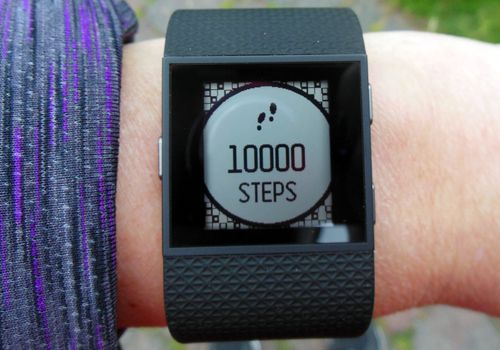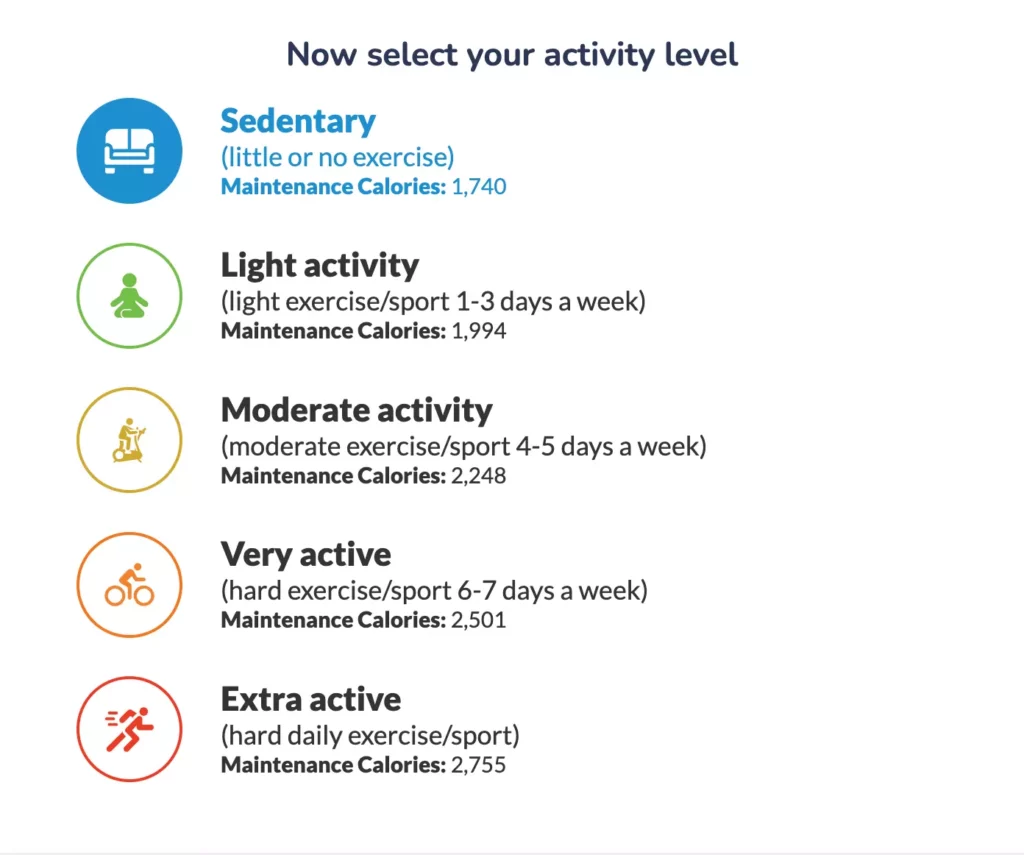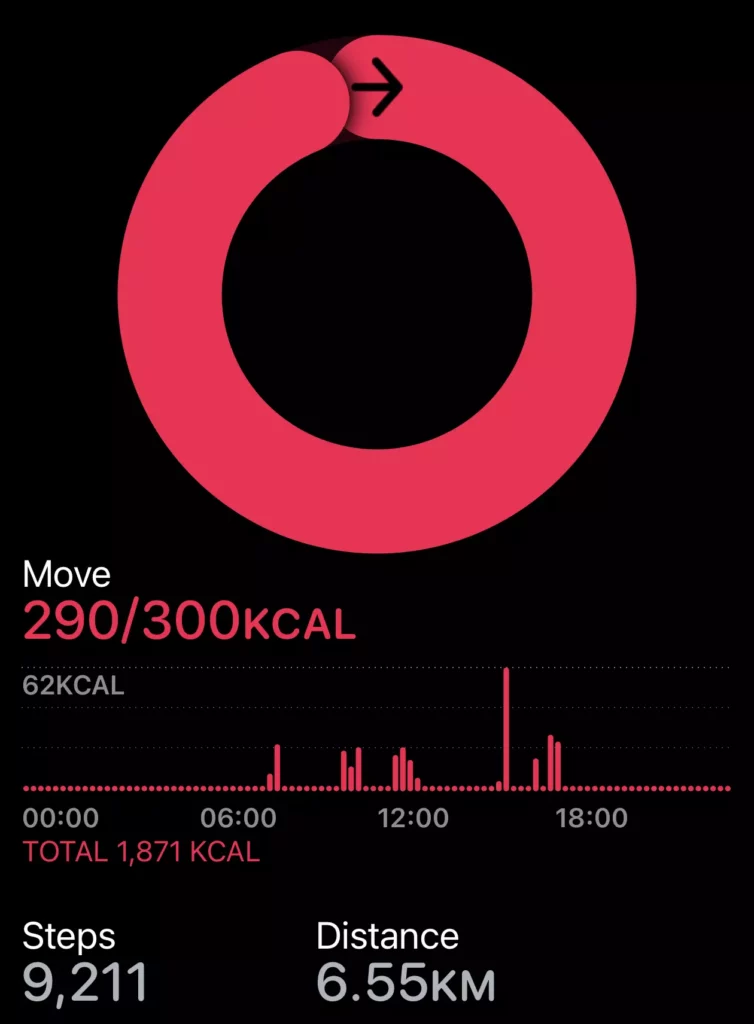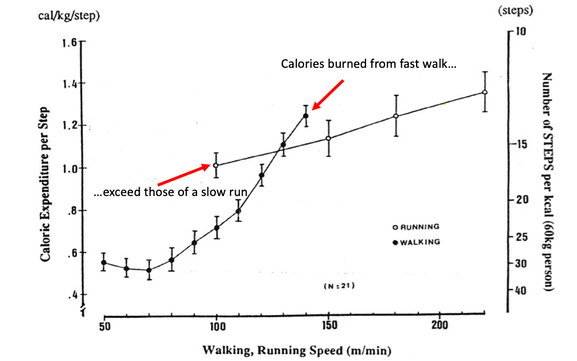
BLOG
Is 10,000 steps a day good for weight loss?

With every new Bodyscan customer, during the consultation that interprets their DEXA scan results, we have to discuss activity levels because exercise affects one’s body composition (fat burn and muscle gain).
For a lot of people, it is their daily average step count that makes up the bulk of their activity and hence the biggest number of identifiable calories that they burn. That’s because many of us don’t do much by way of formal, scheduled activity (such as play a team sport) and spend a lot of our time seated at a desk.
A daily step count of 10,000 is considered by many as the ‘magic’ threshold when quantifying habitual activity levels. Failing to hit this target can mean electronic encouragement (or nagging, however you see it!) from an unforgiving FitBit or tracking device and anything greater than 10,000 steps is regarded as a glowing success.

The target of 10,000 steps per day can be traced to the product name of a Japanese pedometer made in the mid-1960s.
Nowadays, the reference point is based on scientific evidence, indicating that this number can help with body composition and other health-related goals.
How far is 10,000 steps?
Obviously, the distance you travel when walking any number of steps will depend on the length of each step or stride, and that in turn will be affected by height (longer limbs), speed (the faster you go, the longer your likely step length), fitness (again, likely to mean a quicker and longer stride), body weight (a lighter body will likely maintain a good stride and pace), age (we tend to slow down and take shorter steps as we age), and so on.
That said, 10,000 steps for a lot of people is likely to range between 6.5km and 9km, averaging about 7.5-8km for most.
How many calories does 10,000 steps burn?
For those of us looking to lose body fat, the whole point of ‘getting your steps in’ is to expend energy and so ‘burn calories’. But how many calories do we burn when walking 10,000 steps?
Again, it will differ between individuals but it’s likely to be between 250-350 calories. Women and people with lower muscle mass will be at the lower end of the scale, while men and those with higher muscle mass will be at the top of the range (more muscle burns more calories).
If you’re looking to lose fat, as we tell everyone in their first DEXA scan consultation, it’s best to assume your calorie burn is towards the lower end of the range, so that any underestimate works in your favour and creates a slightly bigger deficit than you might have been planning.
If we settle on 250-300 calories per 10,000 steps, now we start to see why 10,000 steps is, if not a ‘magic’ number, then certainly significant when planning for fat-loss.
Below is an extract from Bodyscan’s body composition calculator. It’s for those who have had a DEXA scan and can input their fat, bone and lean mass results. The results below are for a person (likely a man) with 63kg of lean body mass.

You’ll see that the calorie difference between each activity level is the same and, in this case, 303 calories.
Reduce lean body mass to 50kg (more typical of a woman, below) and the calorie gap becomes 254 calories.

(As you’ll learn in your DEXA scan consultation, most of your calories are burnt by lean body mass – your muscles and your vital organs, which consume large amounts of energy to keep you alive. Therefore the more muscle mass you have, the more calories you will burn – at rest, yes, but particularly when you start putting the muscles to work.)
The significance of the calculator results above is that, if someone is completely sedentary, with no formal or scheduled exercise and seated most of the time (at a desk, on the couch, in a car or on public transport), then each activity level above is approximately equivalent to 10,000 steps a day.
So if, during the post-DEXA scan consultation a customer says they walk an average of 10,000 steps a day but for the rest of the time they are sedentary, we would categorise that person as ‘light activity’.
To get to ‘moderate’ requires another 10,000 steps – every day.
It’s worth dwelling on this point for a few moments because, whether you walk 10,000 steps or do an equivalent calorie-burning activity (say, jogging for 35 minutes or an hour’s heavy weights session), you need to do that activity (burn 250-300 calories) every day to raise your overall activity level, because that is the daily expenditure required to shift between the levels.
A word about fitness trackers
With all this talk of steps and activity and calorie-burning, this would be a good time to mention fitness trackers.
At their simplest (and probably most important) level, fitness trackers can be a fantastic awareness tool to increase your physical movement via daily steps and encourage you to be more active. Walking (and exercise generally) has well-established benefits for cardiovascular fitness, mental health, mood, cognition and well-being.
Beyond that, however, the accuracy of tracking devices is questionable, particularly when assessing energy expenditure. A study published in 2016, found that tracking devices overestimated energy expenditure by between 16% and 40%!
A constant refrain of mine to customers during the post-DEXA scan consultation is “never trust a digital readout,” whether it be from a FitBit, cross-trainer, rowing machine, treadmill, smartphone app or anything else that is claiming to calculate how far you have travelled or how many calories you have burned.
The Apple Rings app extract below suggests 9211 steps has burned 290 calories, so 10,000 steps would be 315 calories. We still say don’t take it as gospel!

(That same warning applies to our own DEXA body composition calculator for resting metabolic rate and maintenance calories. Our calculator is probably ‘bang on’ for 95% of Bodyscan’s DEXA scan clients but we are all unique individuals that no formula or algorithm can ever be 100% sure about. Take all the numbers as a guide and then see if they fit in real life. If you gain weight, you are not eating at maintenance, simple as that!)
Walking speed
Back to your 10,000 steps and, while you can imagine that the energy used will be affected by speed (running vs walking),the difference in calories burned over a fixed distance is not as much as you might think; there is minimal difference in energy expended between a brisk walk and a slow run/jog. The graph below from one study shows that, where the two lines meet.

As for the health benefits, it’s been shown that a greater number of daily steps was significantly associated with lower all-cause mortality. 8,000 steps per day was associated with a 51% lower risk of all-cause mortality, compared to taking 4,000 steps, while 12,000 steps per day was associated with a 65% lower risk.
It’s important, therefore, that you don’t ‘eat back’ the calories your tracker has said you’ve burned! Device or no device, it is poor practice to try and offset or mitigate exercise with extra calories. Losing body fat is about being in a deficit, so ‘bank’ the activity and don’t risk reducing it or wiping it out completely!
If you’d like to get the best picture of your body composition, whether you walk 10,000 or 20,000 steps a day, book your DEXA scan at Bodyscan today.
Philip Chant
Bodyscan

